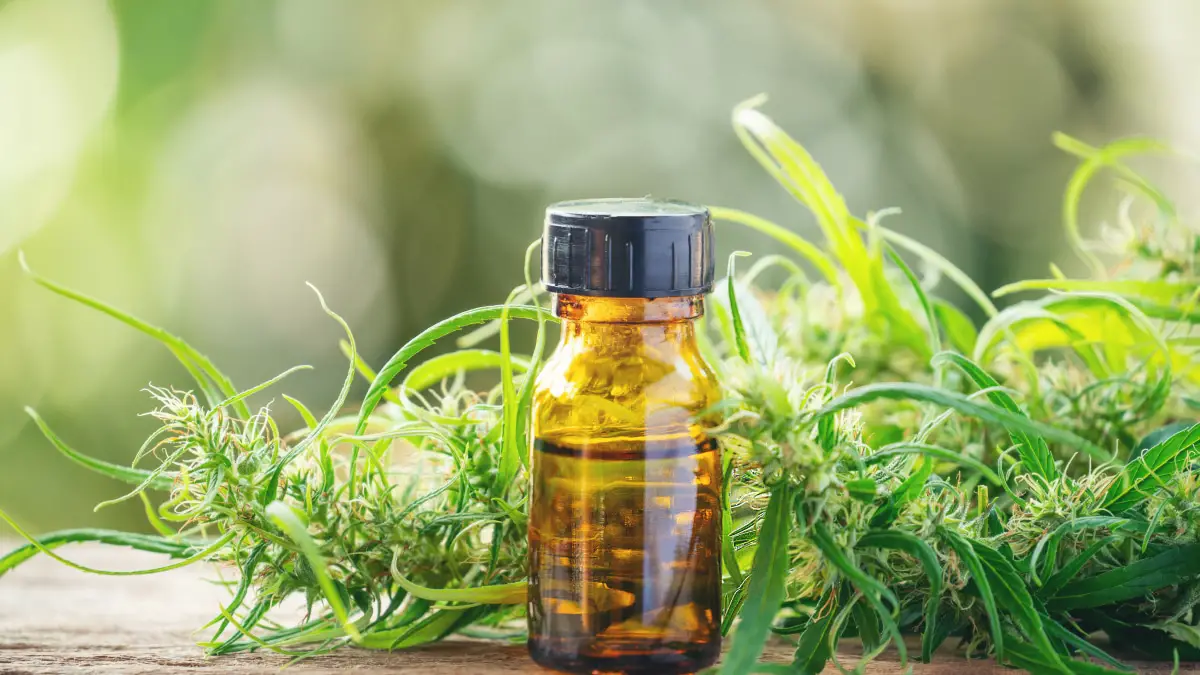Thanks to the passage of the 2018 Farm Bill, tetrahydrocannabinol (THC) derived from hemp holds a semi-legal status in the United States. [1] When cannabis sourced THC, known as Delta-9, remains illegal on a federal level. In contrast, THC products stemming from hemp are federally legal, but are banned in certain states. This creates a loophole for hemp containing higher levels of THC variants to enter multiple markets regardless of local legality.
To stay one step ahead, THC manufacturers are turning to new forms of THC to continue to bypass regulatory hurdles, but what about the safety for consumers? Identifying the differences in these cannabinoid variants can help to identify risks to personal safety and ways to reduce them as well.
Delta-6a10a Compared to Delta-10 THC
These THC variants are known as isomers. [2] Isomers are made up of the same chemical material as the original molecule, but the atomic structures are arranged differently. Two popular THC isomers, Delta-6a10a and Delta-10 THC, are naturally occurring in both cannabis and hemp plants, but due to legal restrictions, they are commonly sourced from hemp. As their names would suggest, Delta-6a10a (also called Delta-3) and Delta-10 are closely related, owing in part to their similar atomic structures. Though the basics of these isomers have been identified, there are still a lot of unanswered questions.
Very few studies have been conducted on these cannabinoids, so there is little information about any potential long term exposure risks from these derivatives. Nevertheless there is evidence that it is unlikely that these two isomers pose significant long term risks. [3]
In order to obtain a significant quantity of these THC isomers, it is necessary to employ synthetic procedures. [4] With no uniform safety standards for hemp extraction procedures or processing techniques on the federal level, synthesizing these THC isomers can result in the presence of leftover harmful byproducts combined with the finished product. [5][6]
With this in mind, Delta-10 does have a distinct advantage over Delta-6a10a. Once the purity of Delta-10 reaches 20% it begins to crystallize, which does not happen with Delta-6a10a. Because of this, Delta-10 products with readily available crystals can be indicative of a higher level of purity than equivalent Delta-6a10a products. This does not mean that Delta-6a10a products are, by default, unsafe, only that more leftover byproducts could be present.
Confusion or Intent – Selling THC Isomers
The majority of the hemp derived cannabinoids market is dominated by Delta-8 products, but this is slowly changing for few reasons. [7] The first has to do with the psychoactive response of Delta-10 and Delta-6a10a. [8] Both of these cannabinoids do not bind as effectively to CB receptors as Delta-9 THC, creating a milder experience for the user. Additionally, these two have less of a sedative effect than Delta-8 THC. Because of these similarities, there is anecdotal evidence that Delta-6a10a is being sold in products that are being labelled as Delta-10. Quantities may vary from one company to another, so it is impossible to determine how common of an occurrence this may be.
The relative similarity of atomic structure means that not only do users have overlapping experiences, and it may come down to market forces to determine which product will saturate the market. However, these similarities also provide one explanation for how companies can pass Delta-6a10a off as Delta-10. It may be the case that testing facilities are confusing one isomer with the other. From a business perspective, this may not matter, but when it comes to consumer safety this could play a significant role. User experiences may be similar, but manufacturers should consider the fact that one isomer may be riskier for users.
Part of why these THC isomers are rising in popularity is due to the increased prohibition of Delta-8 THC. When the Farm Bill first passed, markets across the country were flooded with these hemp derived products. As time passed, and data about product safety was collected, that slowly began to change. As of February 2023, 17 states have banned Delta-8 in all forms, with an additional state banning inhalant products. [9]
To get around these restrictions, manufacturers are launching in the cannabinoid market new products, developed to fit through the federal loophole. Increased regulations can help to stop this problem and provide more security to users. This may come in the form of stricter product testing standards, or maximum additives allowed per product, but all of these fall under the umbrella of a federal or state regulatory institutions.
References:
- US House of Representatives. (2018, December 20). H.R.2 – Agriculture Improvement Act of 2018. congress.gov. Retrieved August 12, 2023, from https://www.congress.gov/bill/115th-congress/house-bill/2
- Bloemendal, Victor RLJ, Jan CM van Hest, and Floris PJT Rutjes. “Synthetic pathways to tetrahydrocannabinol (THC): an overview.” Organic & Biomolecular Chemistry 18.17 (2020): 3203-3215.
- Fernández, Óscar. “THC: CBD in daily practice: available data from UK, Germany and Spain.” European neurology 75.Suppl. 1 (2016): 1-3.
- Szalata, Milena, et al. “Simple extraction of cannabinoids from female inflorescences of hemp (Cannabis sativa L.).” Molecules 27.18 (2022): 5868.
- Office of the Commissioner. (2022b). 5 Things to Know about Delta-8 Tetrahydrocannabinol – Delta-8 THC. U.S. Food And Drug Administration. https://www.fda.gov/consumers/consumer-updates/5-things-know-about-delta-8-tetrahydrocannabinol-delta-8-thc
- Erickson, Britt E. “Delta-8-THC craze concerns chemists.” Chem. Eng. News 99 (2021): 25-28.
- Cannabidiol Market Size, Share & Trends Analysis Report By Source Type (Hemp, Marijuana), By Sales Type (B2B, B2C), By End-use (Medical, Personal Use), By Region, And Segment Forecasts, 2023 – 2030. (n.d.). https://www.grandviewresearch.com/industry-analysis/cannabidiol-cbd-market#:~:text=Which%20segment%20accounted%20for%20the,%2Dapproved%20pharmacies%2C%20and%20stores.
- Hollister, L. E., et al. “Human pharmacology of 1S and 1R enantiomers of delta-3-tetrahydrocannabinol.” Psychopharmacology 92 (1987): 505-507.
- World Population Review. (n.d.). Delta 8 legal States [Updated February 2023]. https://worldpopulationreview.com/state-rankings/delta-8-legal-states
![]()

